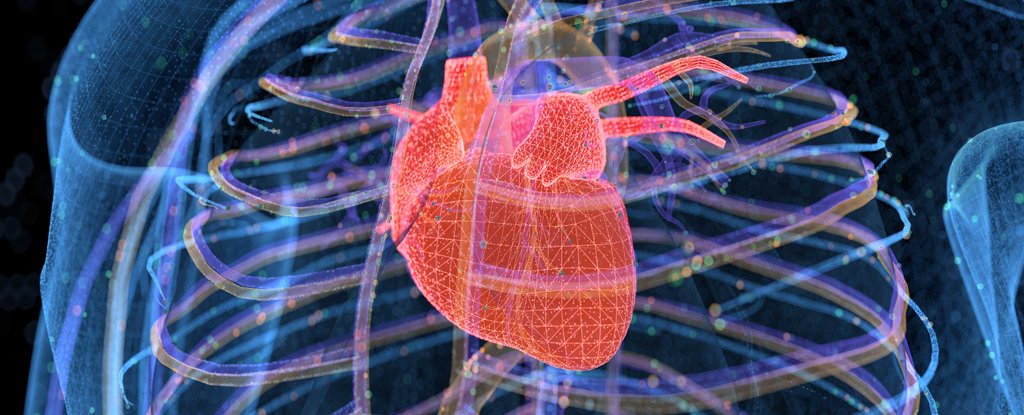Our bodies are pretty ingenious when it comes to self-repair, and scientists have been studying in detail the ways in which the heart patches itself up after a heart attack (myocardial infarction). They hope to find clues that could lead to better treatments for cardiovascular problems.
New research has revealed that the immune response of the body and the lymphatic system (part of the immune system) are crucial in the way that the heart repairs itself after a heart attack has caused damage to the heart muscle.
Key to the study was the discovery of the role played by macrophages, specialist cells that can destroy bacteria or initiate helpful inflammation responses. As the first responders on a scene after a heart attack, these macrophages produce a particular type of protein called VEGFC, the researchers report.
"We found that macrophages, or immune cells that rush to the heart after a heart attack to 'eat' damaged or dead tissue, also induce vascular endothelial growth factor C (VEGFC) that triggers the formation of new lymphatic vessels and promotes healing," says pathologist Edward Thorp from Northwestern University in Illinois.
The researchers describe it as a Jekyll and Hyde scenario: 'good' macrophages producing VEGFC and 'bad' macrophages not producing any VEGFC but causing a pro-inflammatory response that can cause further harm to the heart and surrounding tissue.
In order for the heart to fully repair itself, dying cells need to be cleared away – a process known as efferocytosis that macrophages play an important role in. Studying this process in cells in the lab and in mice, the team pinpointed the way that the right type of VEGFC-producing macrophages did a proper repair job.
What future research could look into next is how to increase the number of helpful macrophages in the heart and reduce the number of – or even eliminate – the damaging macrophages, boosting the chances of a healthy recovery.
"Our challenge now is to find a way either to administer VEGFC or to coax these macrophages to induce more VEGFC, in order to speed the heart repair process," says Thorp.
When people are hit with a heart attack, they become at high risk of heart failure, where the heart becomes unable to carry on pumping blood around the body. That risk can be reduced with modern-day drugs such as beta-blockers, but it's still there.
While scientists are continuing to improve our understanding of how cardiovascular disease is caused, and how we can better diagnose the risk of heart problems earlier, heart failure continues to kill hundreds of thousands of people a year in just the US.
Further studies like this one will shed more light on the biological processes happening in response to a heart attack – particularly the way in which the process of efferocytosis is used to trigger the VEGFC protein required for heart muscle repair.
"We are working to understand more about the progression to heart failure after a heart attack, in order to intervene early and reset the course to cardiac repair," says vascular biologist Guillermo Oliver from Northwestern University.
The research has been published in the Journal of Clinical Investigation.





Recommended Comments
There are no comments to display.
Join the conversation
You can post now and register later. If you have an account, sign in now to post with your account.
Note: Your post will require moderator approval before it will be visible.